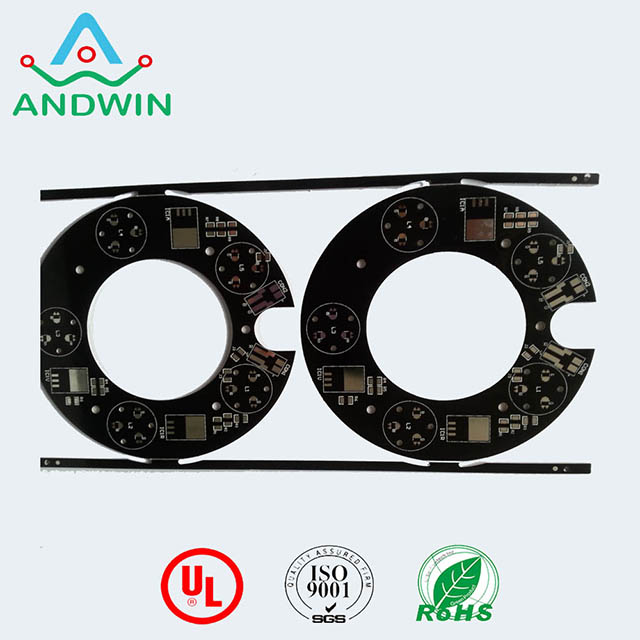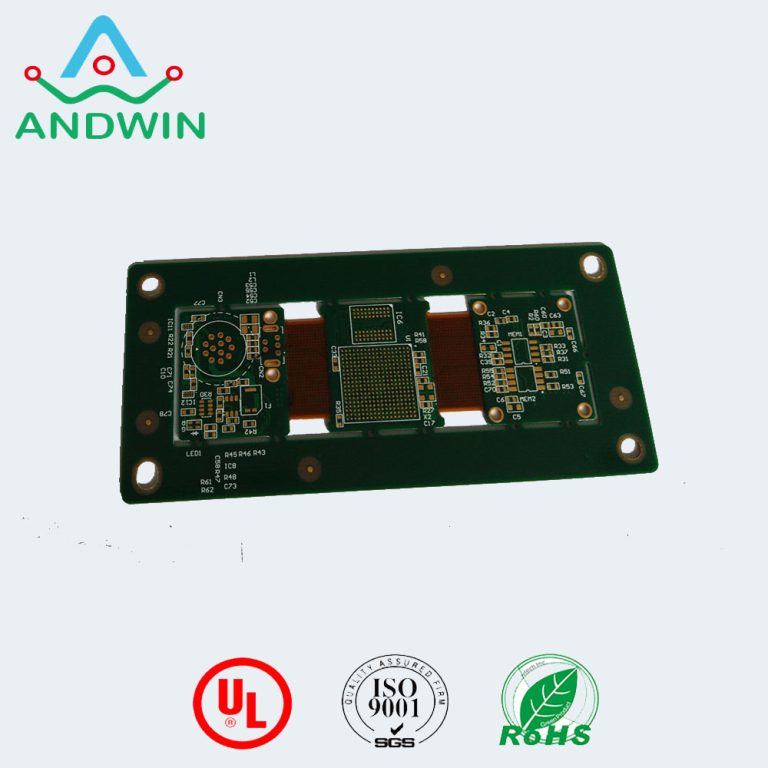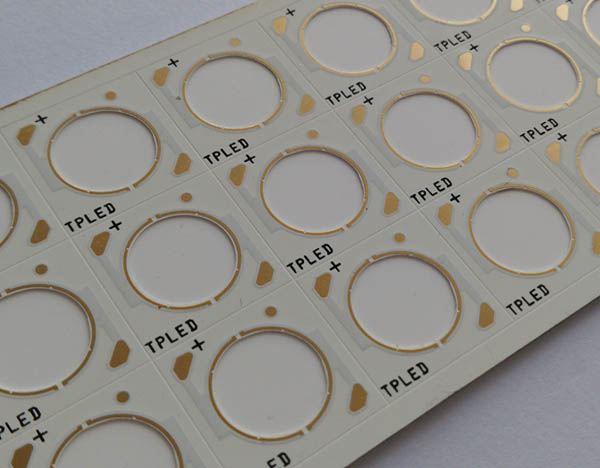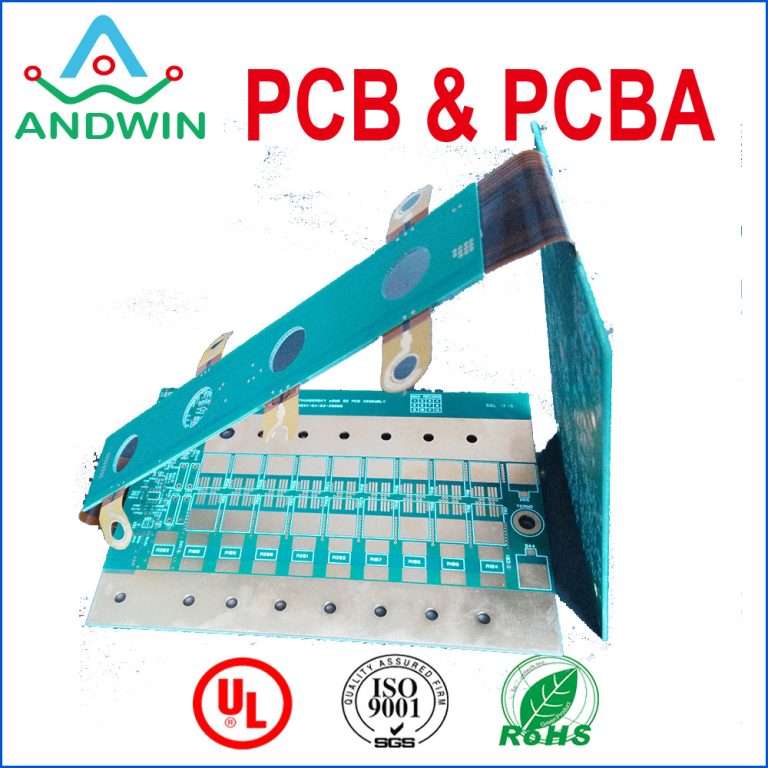Rogers printed circuit board materials
Rogers Corporation is a leading manufacturer of high-performance printed circuit board (PCB) materials.
Rogers PCB materials are known for their exceptional electrical and thermal properties, making them ideal for high-frequency applications in industries such as aerospace, telecommunications, and defense.
Some of the most popular Rogers PCB materials include:
1. Rogers 4000 series:
This series of materials is designed for high-frequency applications and offers excellent electrical performance, low dielectric loss, and high thermal conductivity.
2. Rogers 3000 series:
This series of materials is ideal for high-speed digital and RF applications and offers low loss and excellent signal integrity.
3. Rogers 5000 series:
This series of materials is designed for high-power applications and offers excellent thermal management and low loss.
4. Rogers 6000 series:
This series of materials is designed for high-speed digital and RF applications and offers low loss and excellent signal integrity.
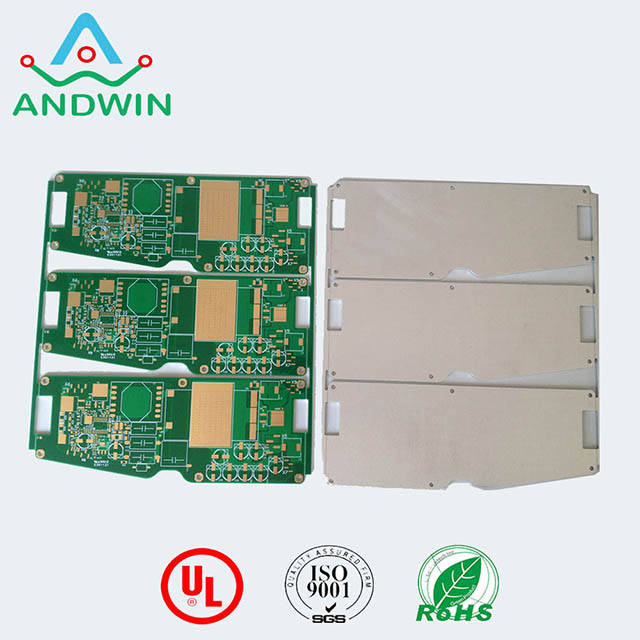
Rogers PCB materials are available in a variety of thicknesses and formats, including laminates, prepregs, and bonding materials.
They are also compatible with a range of fabrication processes, including standard PCB manufacturing techniques such as drilling, plating, and etching.
Rogers Classification of PCB Materials
Rogers Corporation is a leading manufacturer of high-performance printed circuit board (PCB) materials.
Their materials are classified based on their dielectric constant (Dk) and loss tangent (Df), which are important parameters for determining the performance of PCBs.
The Rogers classification of PCB materials includes the following:
1. High-Dk materials:
These materials have a dielectric constant greater than 4.0 and are used for high-frequency applications such as microwave and millimeter-wave circuits. Examples include RO4000, RO4400, and RO4500 series.
2. Mid-Dk materials:
These materials have a dielectric constant between 3.0 and 4.0 and are used for high-speed digital and RF applications. Examples include RO3000, RO3200, and RO3203 series.
3. Low-Dk materials:
These materials have a dielectric constant less than 3.0 and are used for high-speed digital and RF applications where low signal loss is critical. Examples include RO4003, RO4350, and RO4360 series.
4. Ultra-low-Dk materials:
These materials have a dielectric constant less than 2.5 and are used for high-speed digital and RF applications where extremely low signal loss is critical. Examples include RO4835 and RO4830 series.
5. High-thermal-conductivity materials:
These materials have high thermal conductivity and are used for applications where heat dissipation is critical. Examples include RO4450B and RO4450F series.
6. High-frequency laminates:
These materials are designed for high-frequency applications and have low loss tangent and high thermal stability. Examples include RT/duroid 5880 and 5870 series.
Overall, the Rogers classification of PCB materials provides a useful framework for selecting the right material for a given application based on the required electrical and thermal properties.
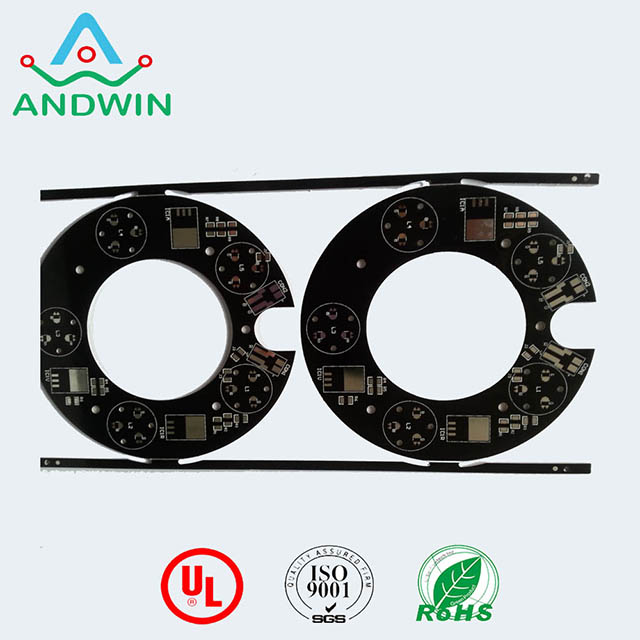
Rogers PCB material who proposed
The Rogers Corporation, a multinational technology company, is the company that proposed and developed Rogers PCB material.
Where is Rogers printed circuit board material used?
Rogers printed circuit board (PCB) material is used in a wide range of applications, including:
1. Aerospace and defense:
Rogers PCBs are used in radar systems, satellite communications, and other military applications.
2. Automotive:
Rogers PCBs are used in automotive electronics, such as engine control units, infotainment systems, and safety systems.
3. Telecommunications:
Rogers PCBs are used in cellular base stations, microwave communication systems, and other telecommunications equipment.
4. Medical:
Rogers PCBs are used in medical devices, such as pacemakers, hearing aids, and imaging equipment.
5. Industrial:
Rogers PCBs are used in industrial equipment, such as power supplies, motor controls, and automation systems.
6. Consumer electronics:
Rogers PCBs are used in a variety of consumer electronics, including smartphones, tablets, and laptops.
Overall, Rogers PCB material is known for its high performance, reliability, and durability, making it a popular choice for a wide range of applications.

Role of Rogers PCB Materials
Rogers PCB materials play a critical role in the manufacturing of high-performance printed circuit boards (PCBs).
These materials are known for their exceptional electrical, thermal, and mechanical properties, making them ideal for use in a wide range of applications, including aerospace, defense, telecommunications, and medical devices.
Some of the key benefits of using Rogers PCB materials include:
1. High-frequency performance:
Rogers materials have a low dielectric constant and loss tangent, which makes them ideal for use in high-frequency applications. They can transmit signals at high speeds with minimal signal loss, making them ideal for use in RF and microwave circuits.
2. Thermal management:
Rogers materials have excellent thermal conductivity, which helps dissipate heat generated by electronic components. This property is particularly important in high-power applications, where excessive heat can damage components and reduce their lifespan.
3. Mechanical strength:
Rogers materials are known for their high mechanical strength and durability. They can withstand high temperatures, humidity, and other environmental factors, making them ideal for use in harsh operating conditions.
Overall, Rogers PCB materials are essential for the design and manufacture of high-performance PCBs that meet the demanding requirements of modern electronic devices.

